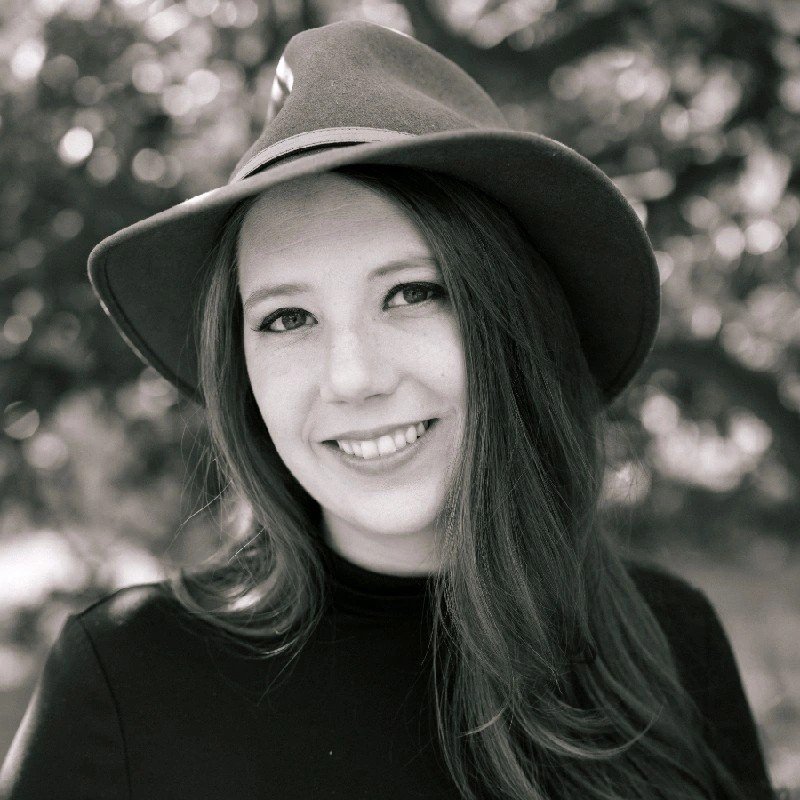Why Humans Aren’t Meant to Be Machines: The Case for Circadian Rhythms in Warehousing
By Leah Byrd
As part of our series exploring the “human element” behind productivity, we welcome Leah Byrd. Leah is a recovering productivity junkie, curiosity advocate, and creator of Rhythm Design, a program that helps people align their energy with their natural rhythms. Through her program, she guides individuals to design lives that flow—balancing work, rest, and growth with purpose and intention.
In the fast-paced world of supply chains, efficiency is king. But here’s the reality that most warehouses ignore: treating human beings like machines is bad for business.
It’s easy to default to metrics—output per hour, pick rates, speed to fulfillment—but these KPIs often forget one crucial variable: the human behind the barcode scanner. And that human runs on rhythm, not routine.
The Science: What is Circadian Rhythm?
Your circadian rhythm is your internal 24-hour clock. It governs your sleep-wake cycle, hormones, body temperature, and cognitive performance. It's synced to environmental cues—mainly light and darkness. At its peak, your circadian rhythm powers alertness, focus, and physical energy. During its dips, your body needs rest, reflection, or recovery.
Ignore it, and you’re fighting biology. Tap into it, and you harness sustainable energy.
It’s not just about sleep, either. Every system in the body—immune function, digestion, mental sharpness—is tied to this internal rhythm. Think of it like an orchestra. When the conductor (your circadian rhythm) is ignored, the music falls apart. So does performance.
Misalignment = Burnout (or Rust-Out)
Warehouse culture often rewards “consistency;” a steady output every shift, day in and day out. But that myth of consistency is a setup for failure. Human energy operates in natural cycles: we have peaks of focus and valleys of fatigue. Forcing flatline output creates burnout (depletion through overexertion) or rust-out (numbing stagnation from under-stimulation).
The signs are subtle at first. More errors. Slower pick times. Increased absenteeism. But over time you’ll see the cost in turnover, disengagement, and even injuries.
Productivity Through Rhythm, Not Rigidity
Instead of demanding constant output, what if we designed shifts and workflows with human energy in mind?
Research shows most people hit a cognitive and physical peak mid-morning, experience a dip after lunch, and rebound slightly in the late afternoon. But it’s not one-size-fits-all. Some folks are wired as night owls—alert and focused when others are winding down. By understanding these natural variations, we can stop forcing everyone into the same mold and start building shifts that match people's actual energy curves.
Smart leaders front-load challenging work when energy is high and reserve low-stakes tasks (like admin or repetitive sorting) for natural dips. Night shifts shouldn’t just be the leftovers. Design them with the same rhythmic respect.
We’re not saying throw the schedule out the window. Just tweak it. Introduce microbreaks. Let people rotate roles. Offer natural light where possible. Encourage movement.
Tiny shifts can lead to huge gains.
Retention & Efficiency: The Ripple Effects
When people feel seen, they stay. Recognizing employees as rhythmic human beings—not machines—builds trust, boosts morale, and lowers turnover. The body rewards alignment: fewer sick days, clearer thinking, better decision-making.
Imagine a warehouse that swaps its early-morning team meeting for a mid-morning check-in—right around the time most people hit their first energy peak. Suddenly, participation improves, ideas surface more easily, and people aren’t just awake—they’re engaged.
Or picture a team leader who starts rotating employees between standing, walking, and seated roles every 90 minutes. Not only do bodies stay fresher, but minds stay sharper, too—less zoning out, more presence.
Even simple adjustments, like encouraging movement breaks every two hours or letting people choose between two start times, can shift the culture from “power through” to “flow with.”
Because happier, healthier people are more efficient. Period.
This Isn’t Soft. It’s Strategic.
If you're still seeing rhythm-based scheduling as a luxury, consider this: the cost of replacing a single warehouse worker is estimated between $3,000 and $10,000. Multiply that across your annual turnover, and suddenly honoring human energy doesn’t feel like a wellness trend, it feels like fiscal responsibility.
If you’re in a position to influence workplace design—whether you're managing a shift, optimizing workflows, or reshaping policy—this is your invitation to be the manager who sees what others ignore.
Because when we treat people like machines—expecting consistent output without pause, without variance—we don’t just lose productivity. We lose trust. We lose creativity. We lose the very spark that makes a workforce human.
But when we treat rhythm as a resource—something to be honored, leveraged, and designed around—we create workplaces that hum with vitality. Employees feel seen. Workflows become more fluid. Morale lifts. Retention strengthens. And yes, the numbers improve too.
Rhythm isn’t a liability. It’s our secret advantage. One that can turn grind into flow, fatigue into focus, and a high-turnover floor into a high-trust team.
Leah Byrd is a recovering productivity junkie, curiosity advocate, and creator of Rhythm Design, a program that transforms how people think about energy, productivity, and rest. After years of experiencing burnout from pushing through life’s endless demands, Leah realized the power of working with her natural rhythms rather than against them.
Rhythm Design is her personal framework for energy management that blends the science of ultradian, circadian, and infradian cycles with the art of intentional living.
Through her program, she helps individuals create personalized Rhythm Blueprints, aligning their work, rest, and growth with their unique energy patterns. Known for her empathetic and empowering approach, Leah inspires people to embrace rest, cultivate curiosity, and live authentically. Her mission is simple: create permission slips for people to live and work differently—because the way you invest your moments is the way you invest your life.


